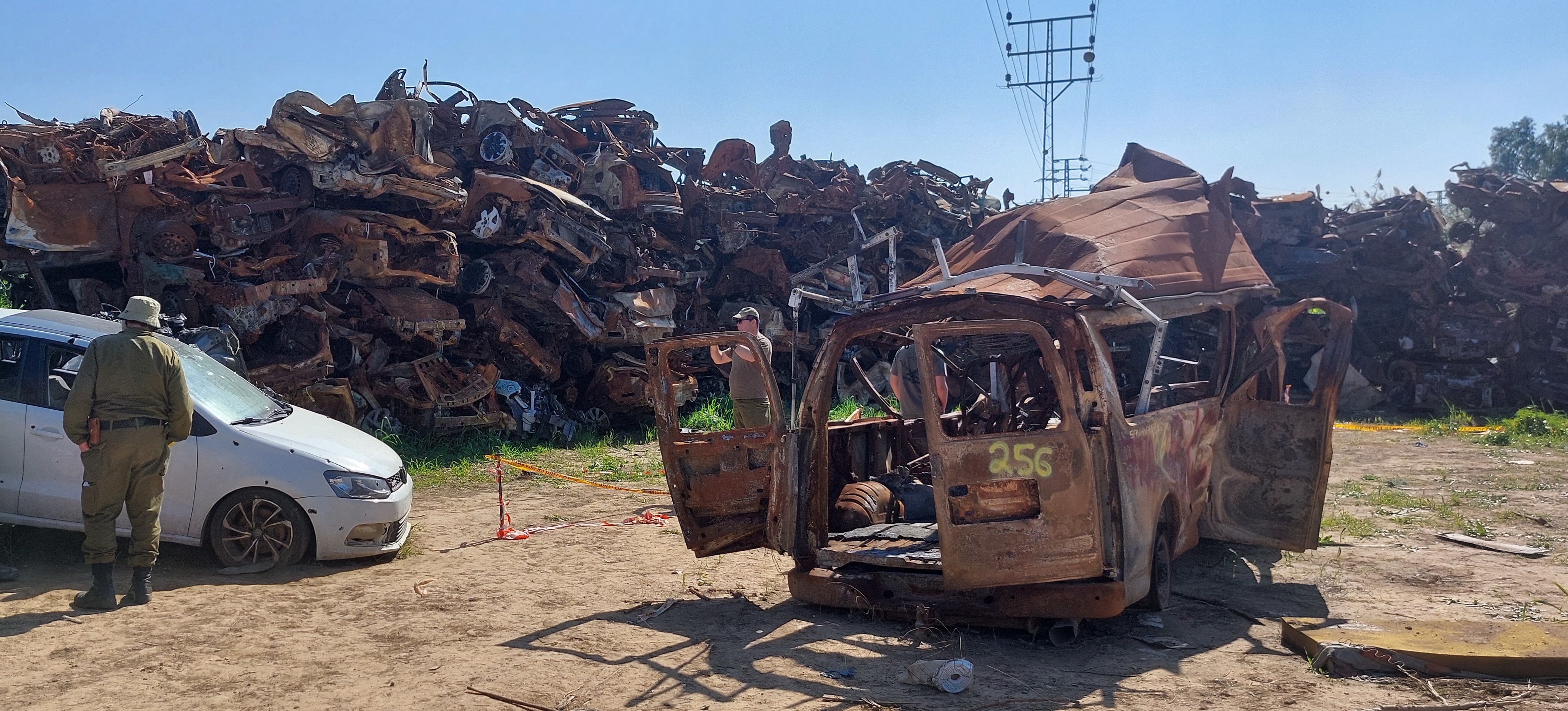
The Iron Swords War erupted on October 7, 2023, marking a severe conflict between Israel and various terrorist organizations, primarily Hamas—a Sunni Islamist terrorist group that governs the Gaza Strip. This war began with an unprecedented surprise attack by Hamas and allied factions, targeting both military and civilian sites across Israel.
The Attack: A Day of Horror
The attack commenced in the early hours of October 7 with an intense barrage of rockets and mortars, directed at communities in the Gaza envelope as well as cities like Beersheba, Ashkelon, Tel Aviv, and later Jerusalem and Gush Etzion. As the rockets rained down, 3,000 terrorists infiltrated Israel, breaching military bases and civilian towns.
These terrorists unleashed unimaginable brutality, committing mass murders, acts of sexual violence, and abductions. Among the most horrifying atrocities was the Nova Festival Massacre, where 364 attendees were killed, making it the deadliest attack in Israel's history. By the end of the day, 1,145 Israelis and foreigners were murdered, including women, children, the elderly, and infants—marking it as the deadliest day for Jews since the Holocaust. Additionally, 253 hostages, including soldiers and civilians, were forcibly taken to Gaza.
Israel’s Immediate Response
Caught off guard, the Israel Defense Forces (IDF) and security forces faced challenges in responding to the unprecedented scale of the attack. Hamas infiltrated the IDF's Gaza Division headquarters, further complicating coordination. Civilians trapped in their homes fought for survival for hours without immediate military support. Eventually, Israeli forces managed to eliminate over 1,550 terrorists within Israel.
In the aftermath, Israel evacuated 29 towns near the Gaza border and advised residents of 22 towns in northern Israel to evacuate, fearing potential attacks by Hezbollah in the north.
Declaration of War and Mobilization
Israel declared war on Hamas, setting three key objectives:
- Eliminate Hama’s military capabilities.
- End Hama’s control over Gaza.
- Secure the return of kidnapped individuals.
The IDF launched its largest mobilization in history, calling up 360,000 reservists and requisitioning thousands of civilian vehicles. The war also saw a security escalation along other borders, including the Israel-Lebanon border, Israel-Syria border, and Judea and Samaria, along with naval skirmishes in the Red Sea.
The Stages of Fighting in Gaza
The war in Gaza unfolded in distinct phases:
- Clearing Israeli territory of infiltrating terrorists.
- Evacuating border populations in the south and north.
- Air and naval strikes, including the targeted assassinations of Hamas commanders.
- Limited ground incursions into Gaza.
- Evacuation of civilians from northern Gaza, in order to get civilians out of harm’s way while fighting an terrorist army who hide behind them.
- Full-scale northern incursion to dismantle terrorist strongholds.
- Hostage negotiations during brief lulls in fighting.
- Expanded incursions into southern and central Gaza, clearing areas of terrorist activity.
A Global Impact
The Iron Swords War ignited global discourse, with demonstrations of both support and opposition. It also triggered a significant rise in antisemitism worldwide, reflecting the far-reaching repercussions of the conflict.
A Defining Moment in Israeli History
The Iron Swords War stands as a stark reminder of the volatile situation in the region. Its devastating toll on civilians and the heroic efforts of Israeli forces underscore the gravity of the conflict and its enduring implications for Israel and the world.
Explore tours by category



